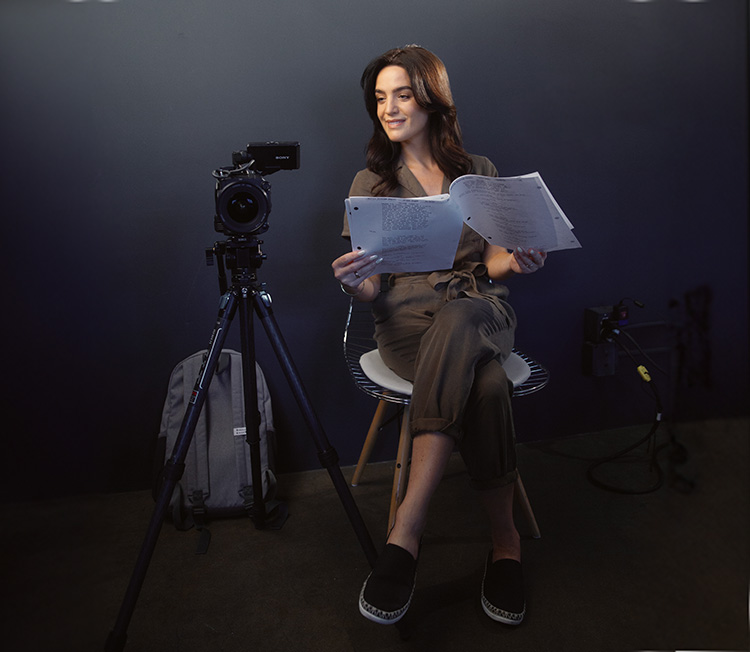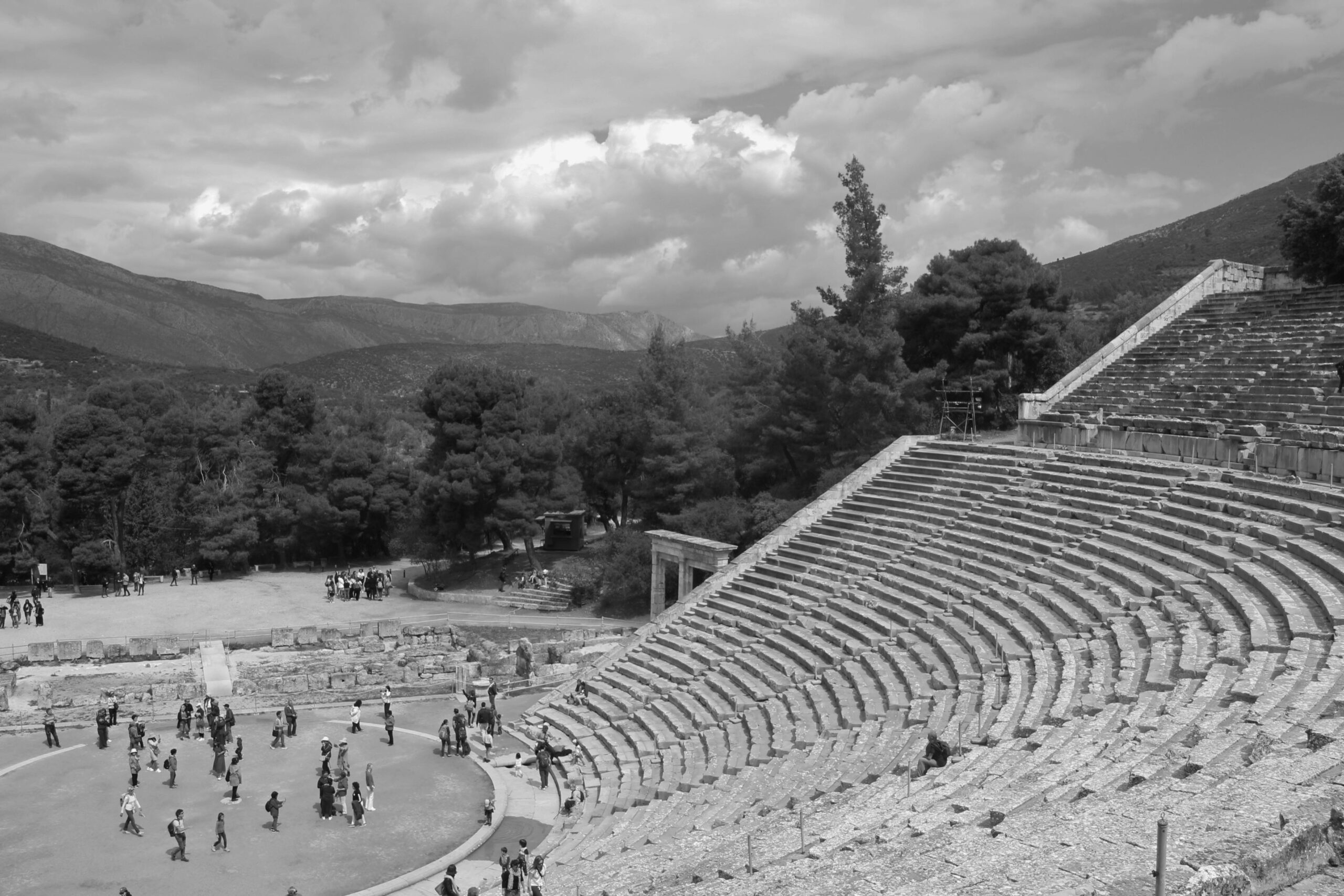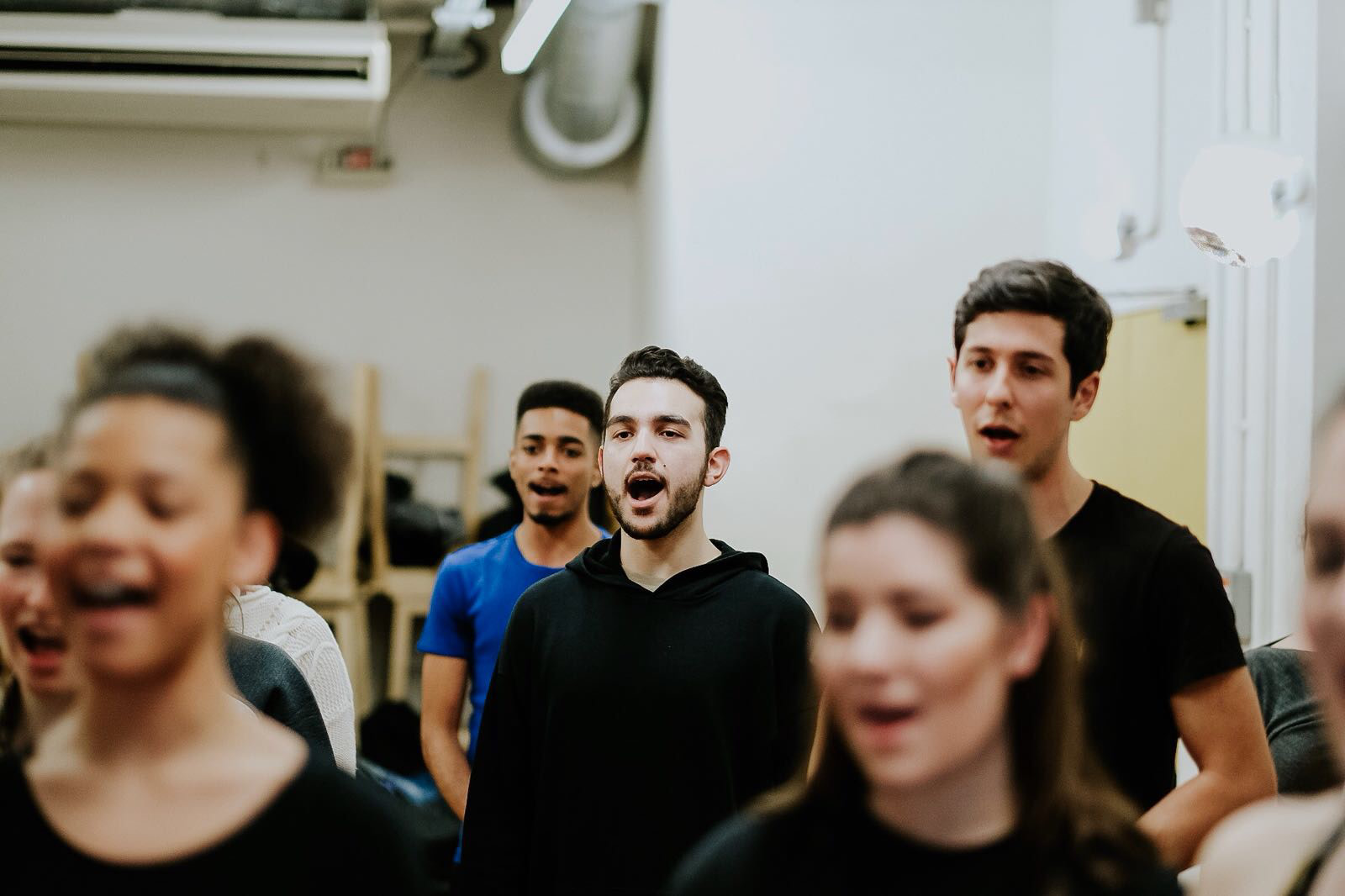New to performing open-air theatre? Here are some things you should know
There are few theatrical experiences more atmospheric than open-air theatre. The feeling you get standing centre stage in the balmy evening sun, speaking lines from A Midsummer Night’s Dream, surrounded by real trees and birdsong is nigh-on impossible to recreate in a conventional theatre.
The effect of an open-air setting on the audience is palpable and for once, without the glare of footlights, you’ll actually see the looks of wonder on their faces. Familiar pieces like The Crucible can suddenly take on new life when presented in an outdoor setting. The lack of controlled lighting and excess scenery can actually lead to a higher level of creativity in stagecraft. All in all, it’s an experience no actor or director should pass up.
That said, open-air theatre is not for the faint-hearted. This magical medium comes with its own pitfalls to navigate. But not to worry; here are our handy hints to help you weather the storm. Hopefully not literally.
What should I expect? How can I prepare?
Before you accept a role working in open-air theatre, you’ll need to do some soul-searching to determine if it’s really for you. The rewards are huge, but you need to be ready for the challenges.
Changeable weather
Step one: download a weather app. Although most open-air theatre productions tend to run during the warmer months, anyone with experience of British Summer knows how unpredictable it can be. On any given day the forecast could be anything from hellish heat to torrential rains and blustery winds, so plan accordingly.
Be prepared for anything, so nothing can derail your performance. Keep some thermals handy to wear under costumes if the cold creeps in, and make sure you have plenty of water, hayfever remedies and high-factor sunscreen backstage if it’s hot. Stock up on the insect repellent too. Mosquitoes and flies are a constant in the open, and if your audience is picnicking during the show, wasps are an unfortunate side effect.
The upside of downpours
If it rains, it rains. Your company may allow you to wear a rain-cape or other waterproof clothes for the performance, but in most cases, you’ll be carrying on as normal. The show must go on – so be ready to get wet! On the positive side, if your show runs through a slew of rainy days, you may get a few days off while the run is rescheduled.
Sometimes, the weather can really work in your favour. Imagine Prospero or Lear roaring their climactic speeches during a real storm, complete with genuine thunder and lighting. Or a slumbering heatwave adding the perfect backdrop to a revival of Streetcar. The thrill and audience reaction to a performance like that can make up for any amount of soggy socks and sunburn, so grab your chance when that moment comes along.
Many actors also find that a bit of adversity in the form of bad weather actually helps to strengthen the bonds in their company. The ‘all in this together’ attitude can get you through, and you’ll feel a much stronger camaraderie from having been through the same challenges as a group.
Unusual venues
Part of the fun of open-air theatre is that it can be staged almost anywhere. Win a part and you might find yourself in a field, a ruined castle, on the deck of a ship, or in an amphitheatre. If you’re part of an open-air tour, you might have a new venue every night! Each venue will have its own unique acoustics, backstage area and eccentricities, but that can all be part of the adventure.
For designers, producers and theatremakers, minimal scenery and the lack of a black box can be quite unforgiving, particularly for transitions and character entrances and exits. But many find the chance to think ‘outside the box’ liberating and stimulating for their creativity.
Adapting to the setting and performing with conviction requires great skill, so you’ll get a great opportunity to hone your craft. To distract your audience from the natural beauty of their surroundings, you might need to adapt your physicality too. To ward off the temptation for the crowd to start looking around them, try making larger gestures to keep them focused on the stage.
You can also try directly involving the audience by asking them to participate, or by staging some of the action among them. Take advantage of the freedom in the space and have the actors appear or exit from unexpected places, to keep the crowd guessing.
Gate-crashing critters
In open-air venues, you might also have to contend with unwanted stage ‘visitors’, such as pigeons or other small birds and animals. If a pigeon does happen to land centre stage, one of the best ways to deal with it is to actually acknowledge it. Maybe adlib a line to show you’re aware of it. If you ignore these ‘visitors’ completely, it can take the audience out of the world of the play and break their focus. A casual quip lets them know that you’re ‘in on the joke’ and turns the interruption into part of the performance.
Adapting your diction and performance
In the majority of outdoor venues, you won’t have the support of a microphone, so make sure you keep your voice healthy with plenty of rest, minimal alcohol and volume control. You might be tempted to belt everything out to the back row, but clear diction will get you much further than a loud voice. If you shout every line, chances are you’ll have no voice at all by the second or third performance. Instead, try over-pronouncing a little on each word and pay attention to your consonants. The ‘s’ sound is particularly difficult to get across, so try adding a ‘z’ instead. If you work your mouth and speak slower than usual, the audience can catch every syllable.
What if open-air techniques contradict my training?
These techniques might take a little getting used to, but your lines will be much clearer. If you’re still having trouble being heard, you can also try delivering your lines directly to the audience – facing them while you’re speaking, then turning back to your fellow actors for their reaction at the end of your line.
Where possible, try to rehearse outside so you can build flexibility into the performance. Chances are, you’ll experience many of the eccentricities of working in the open air during run-throughs, so if they happen mid-performance you’ll be less surprised and ready for anything.
Working in open-air theatre can be unpredictable and hard work, but it’s all a part of the fun. Planning for bad weather, quirky venues and learning new performance techniques are a great way to keep the less-enjoyable parts to a minimum.
The best advice is to celebrate the successes, laugh at the mishaps and get truly stuck in!












